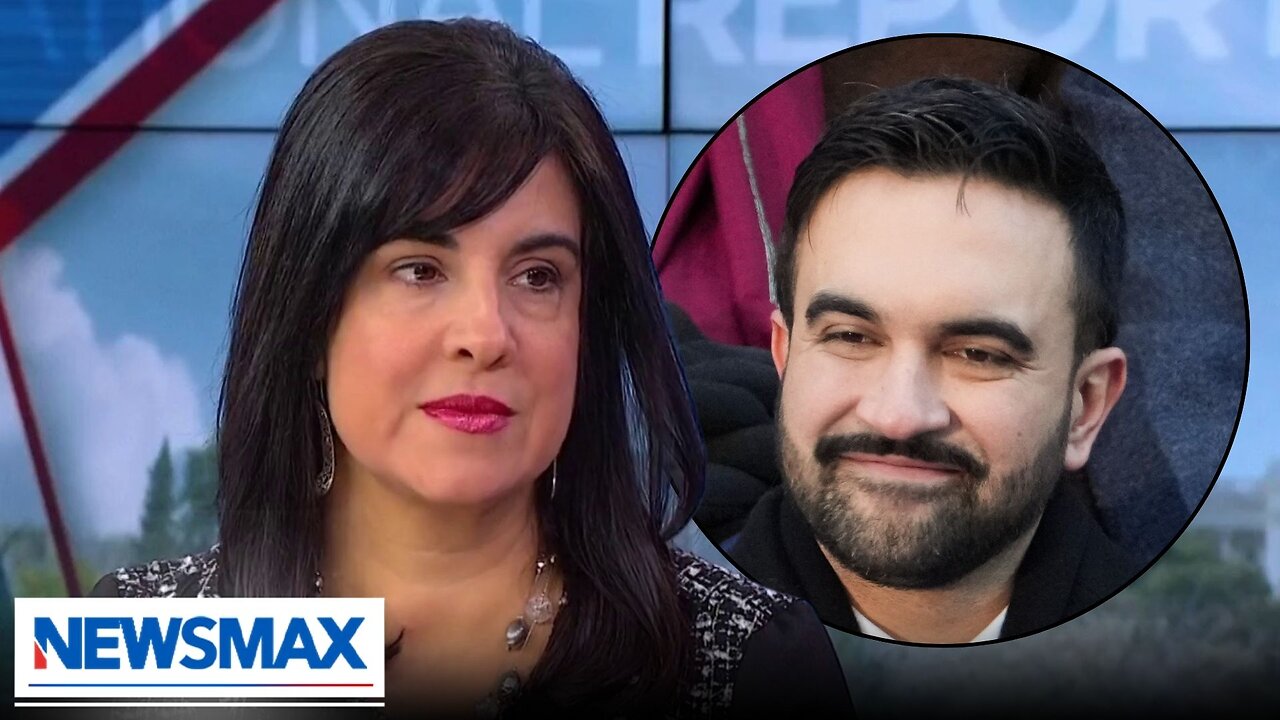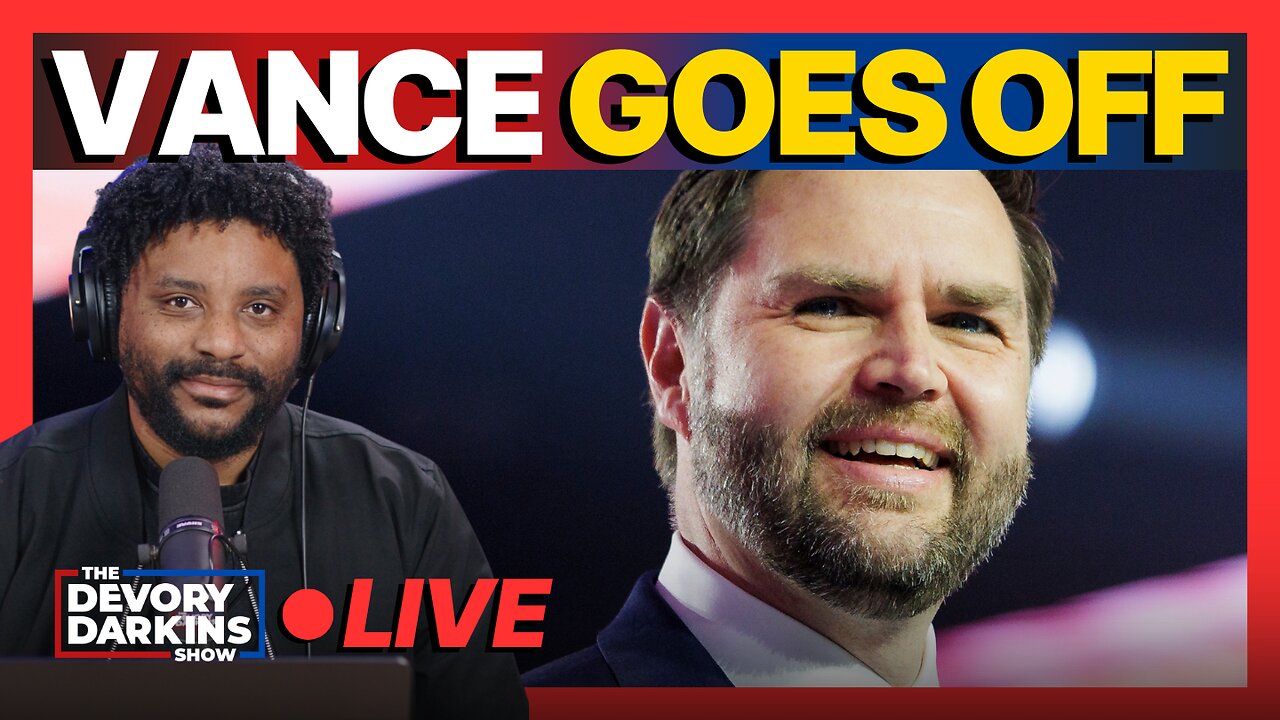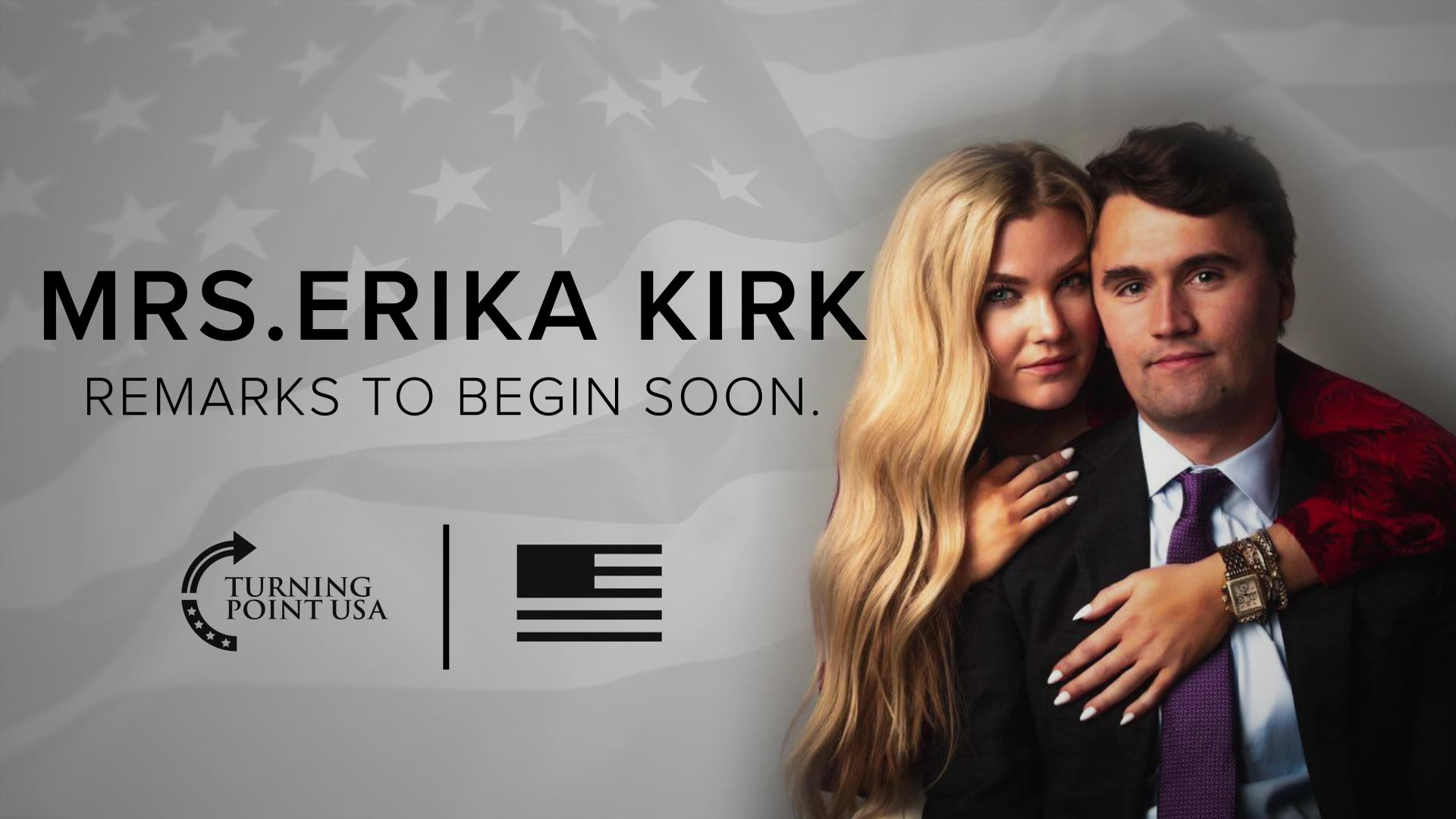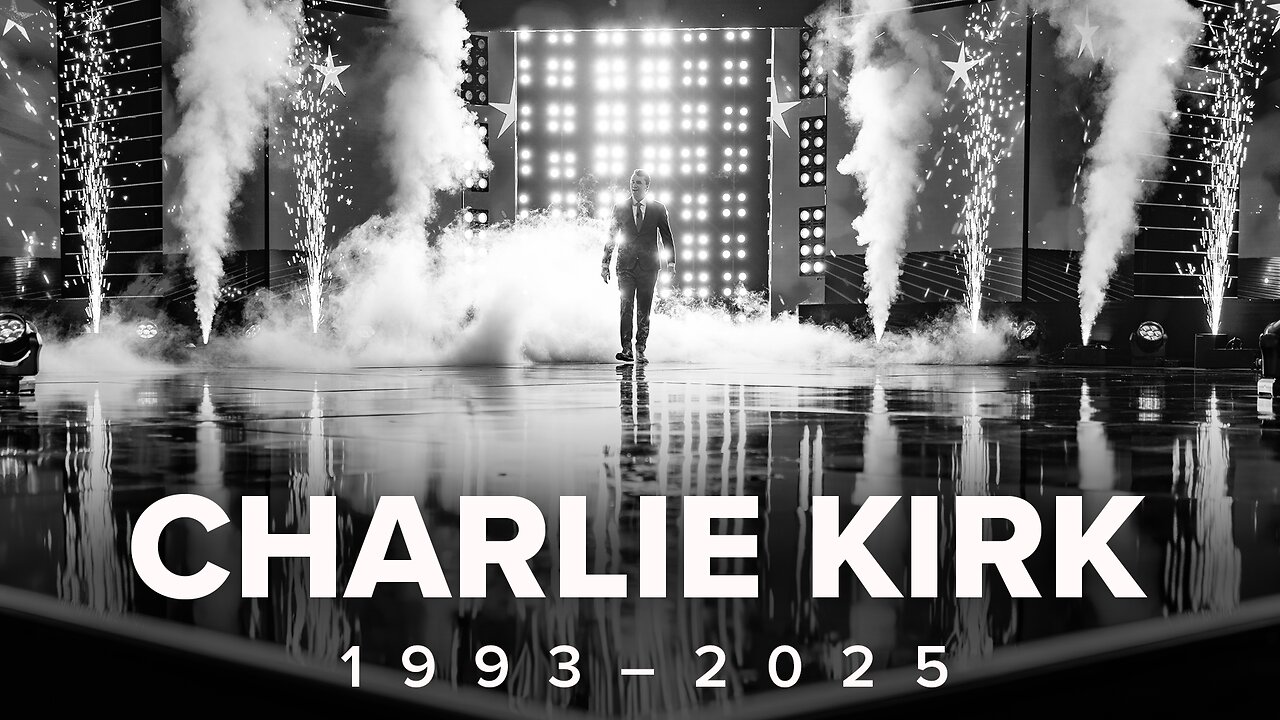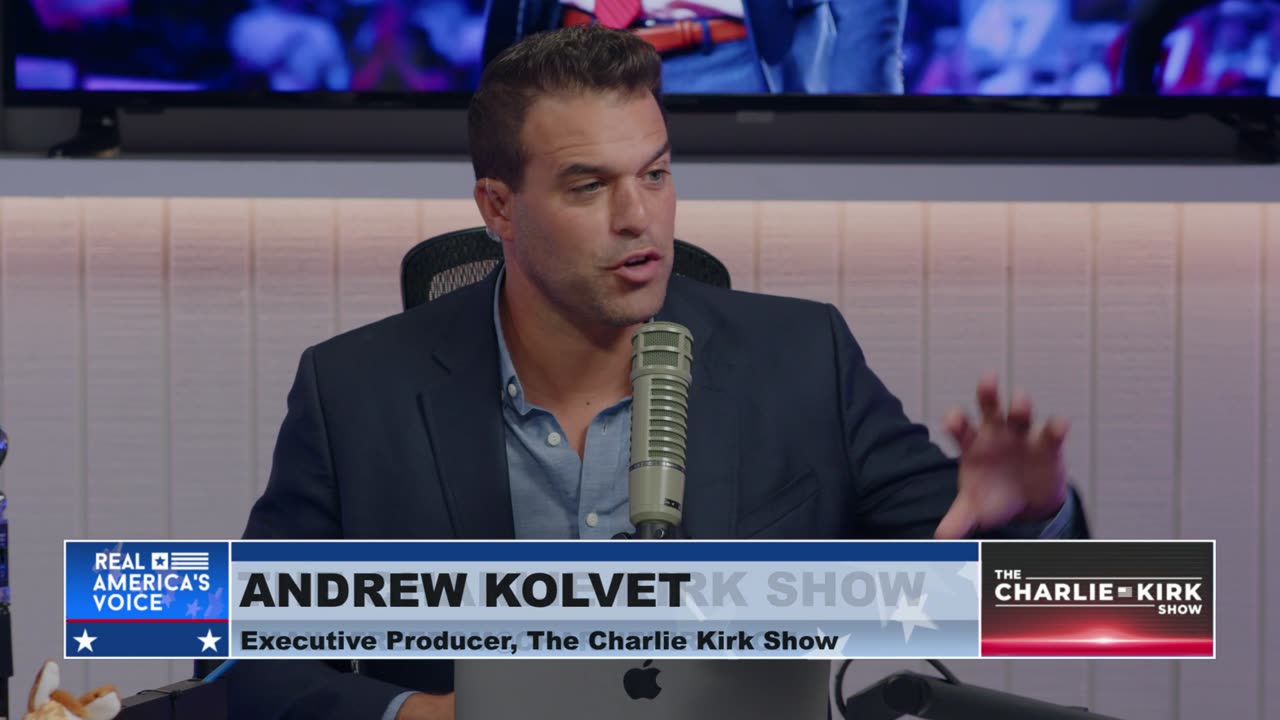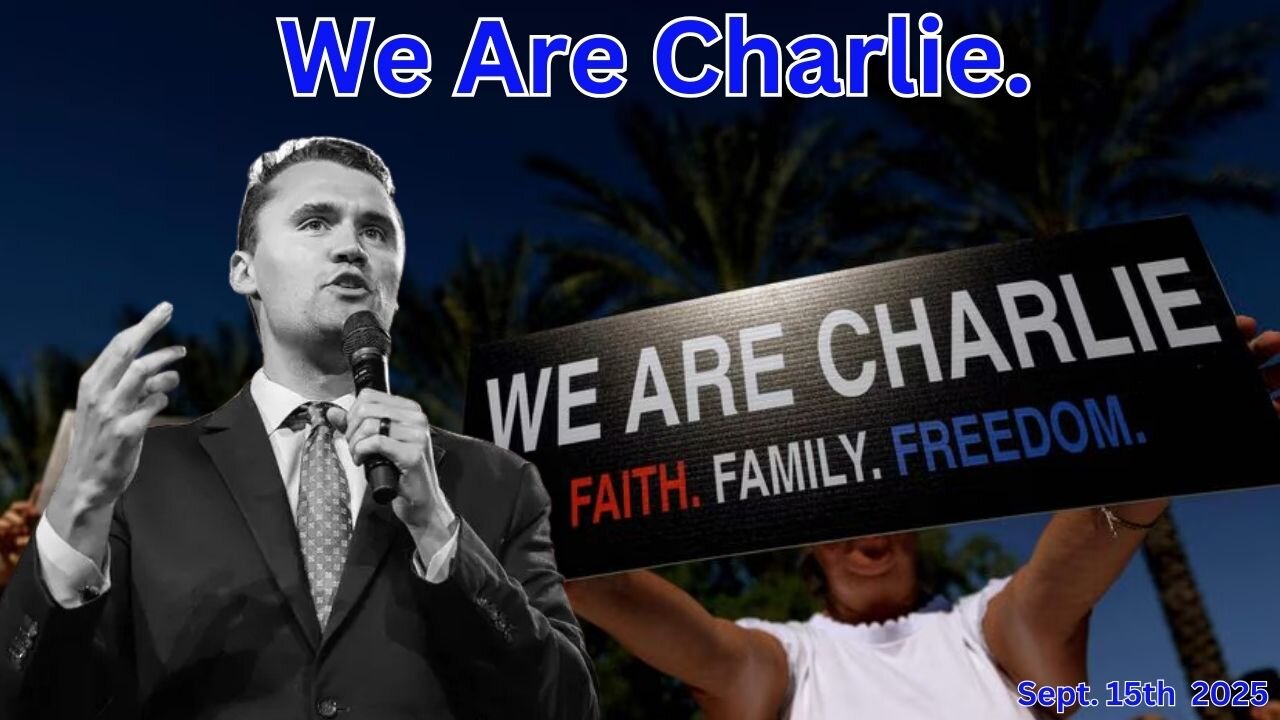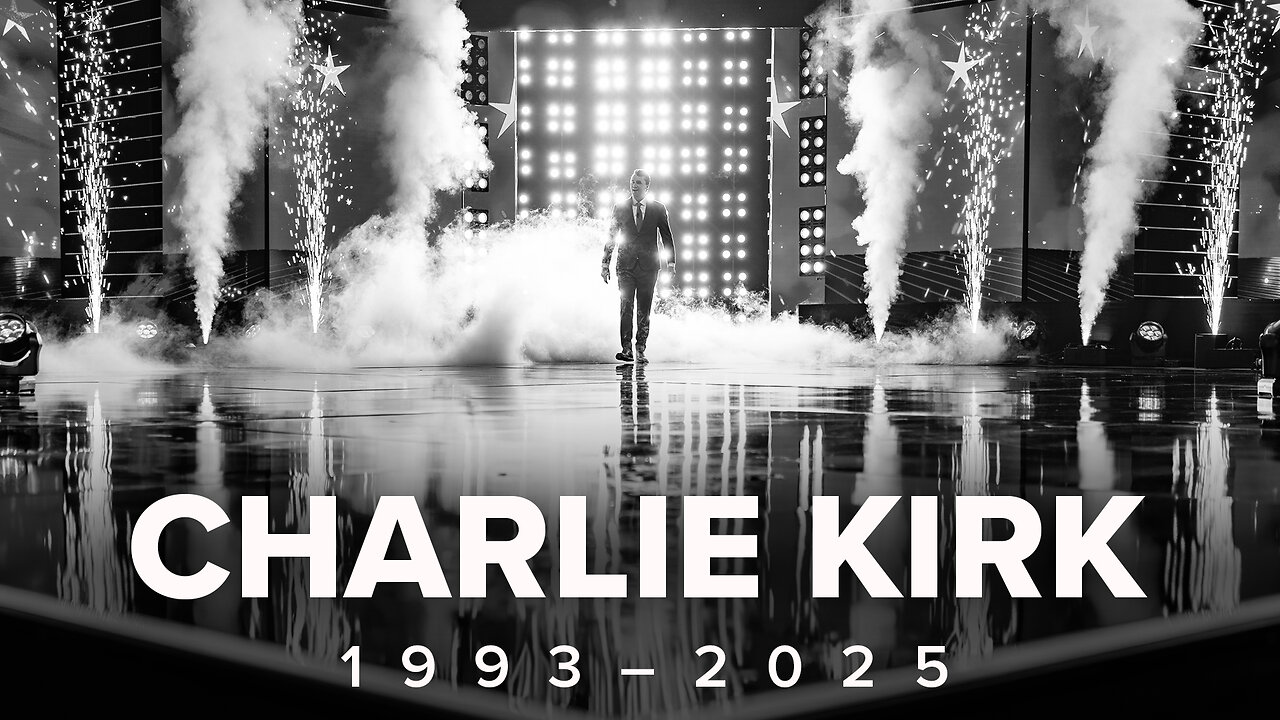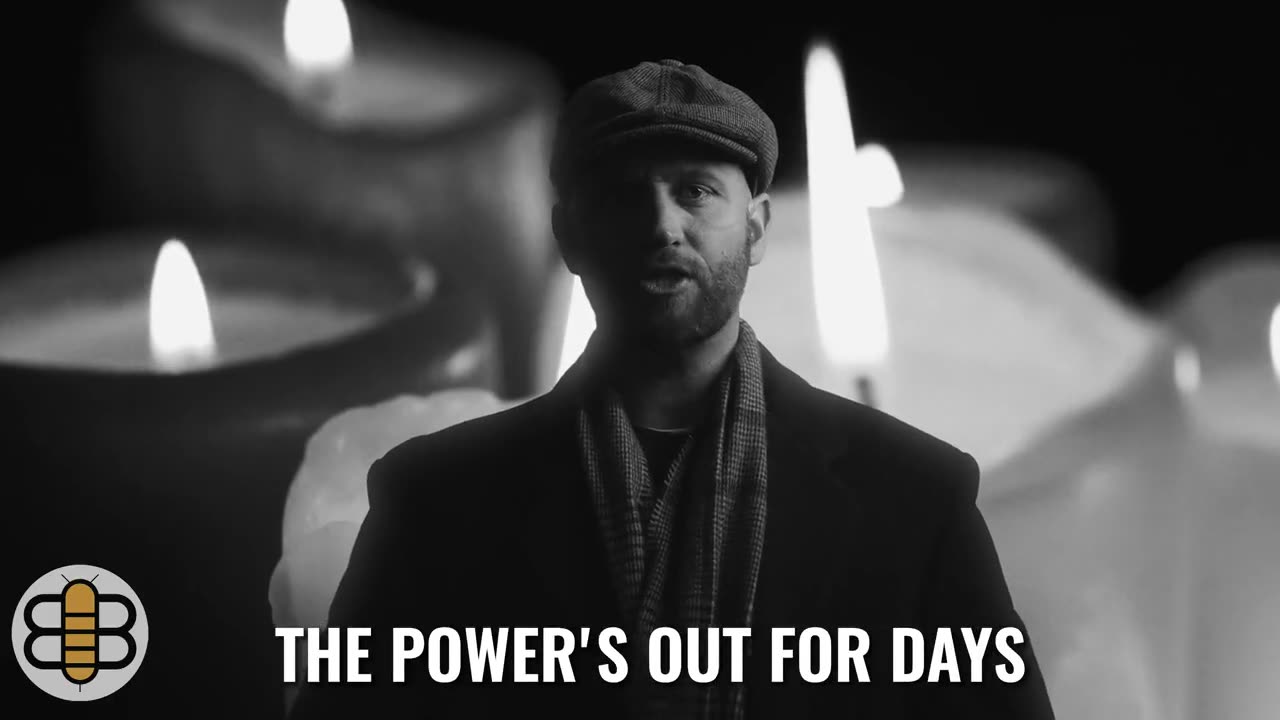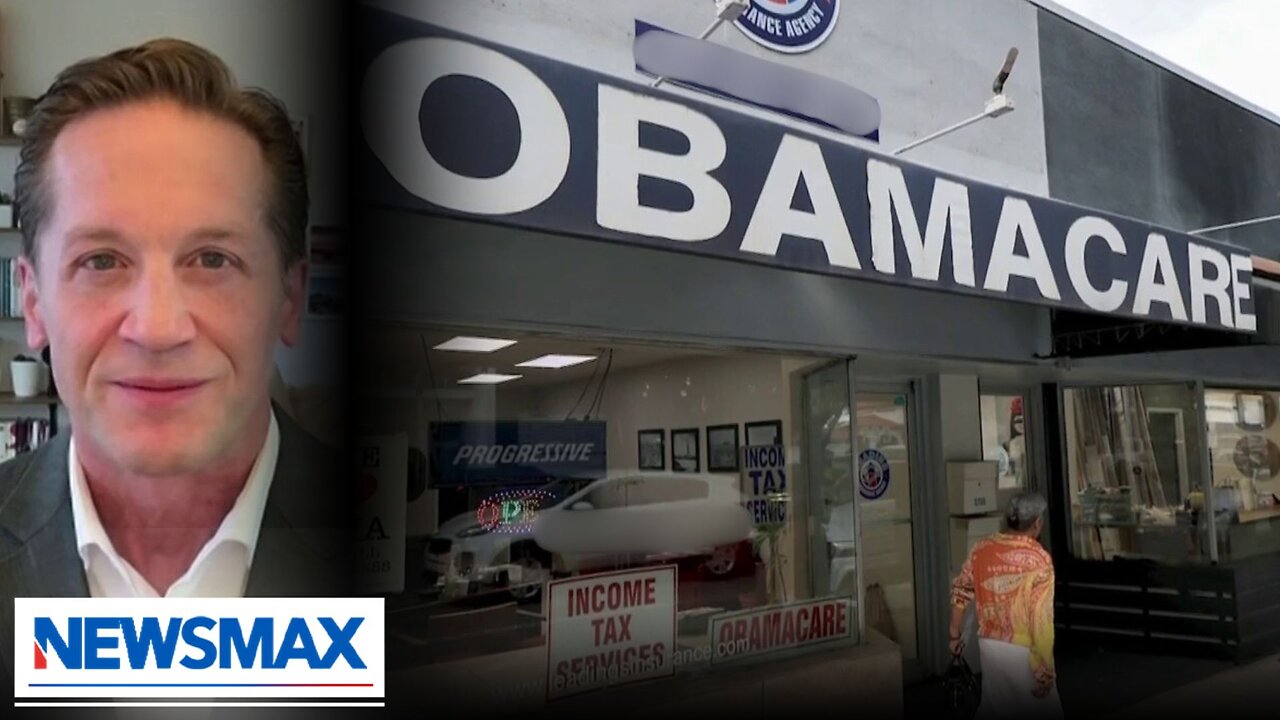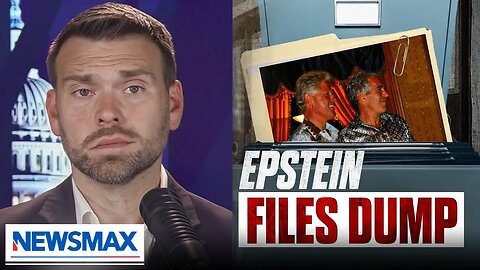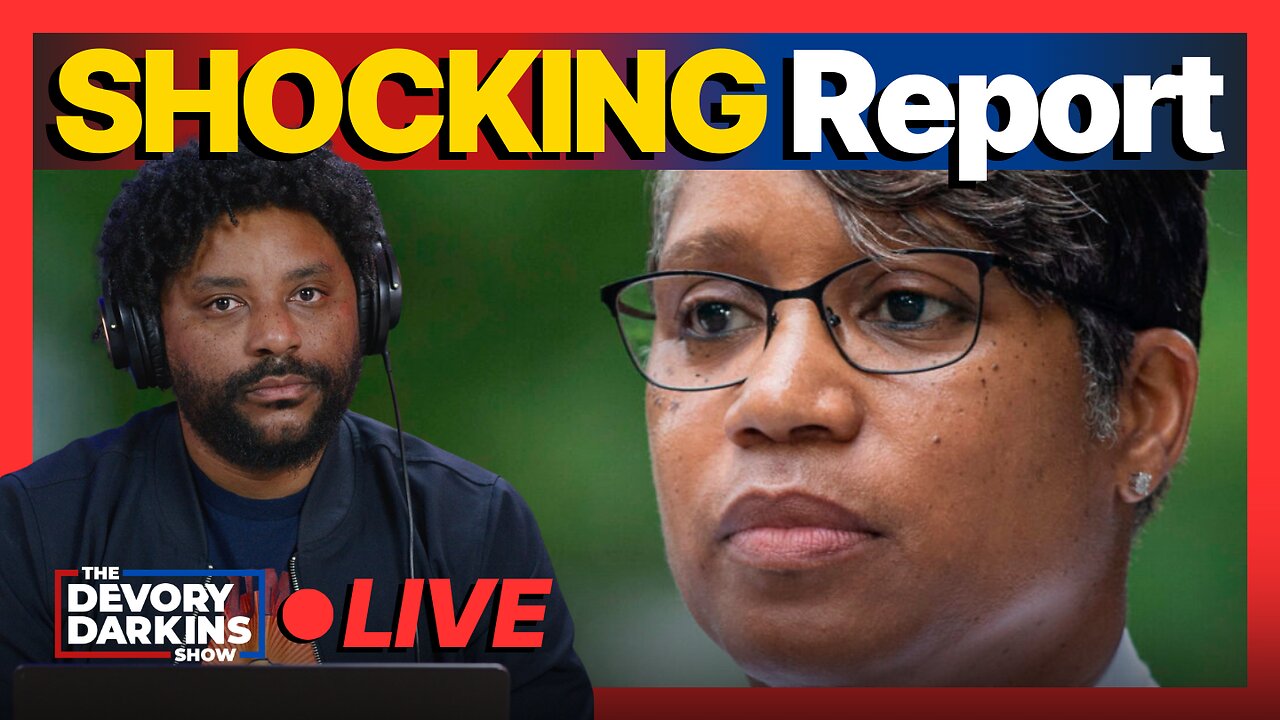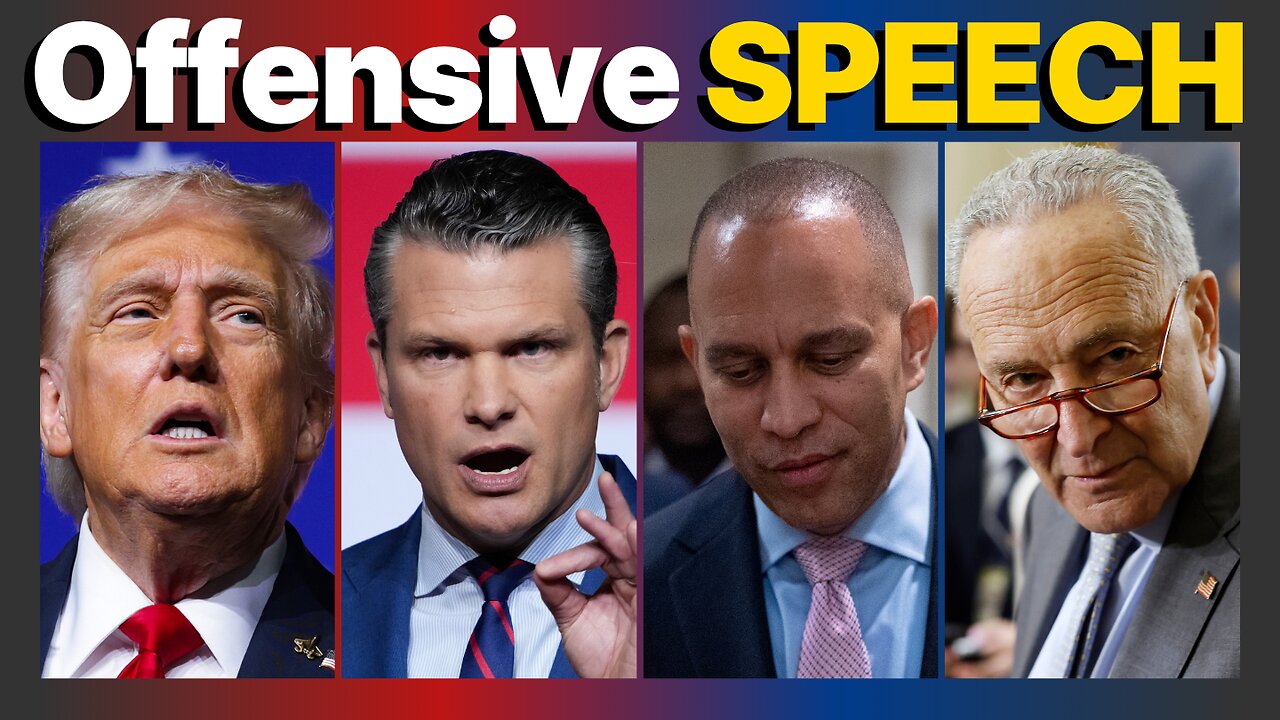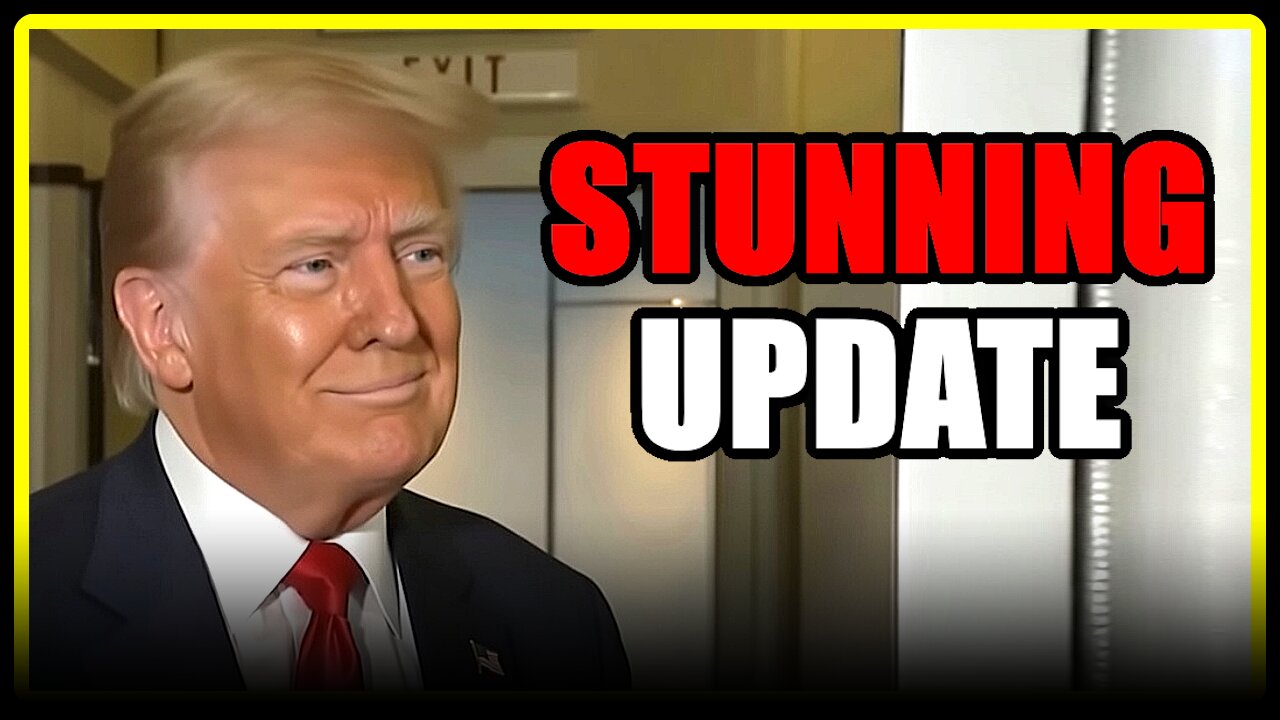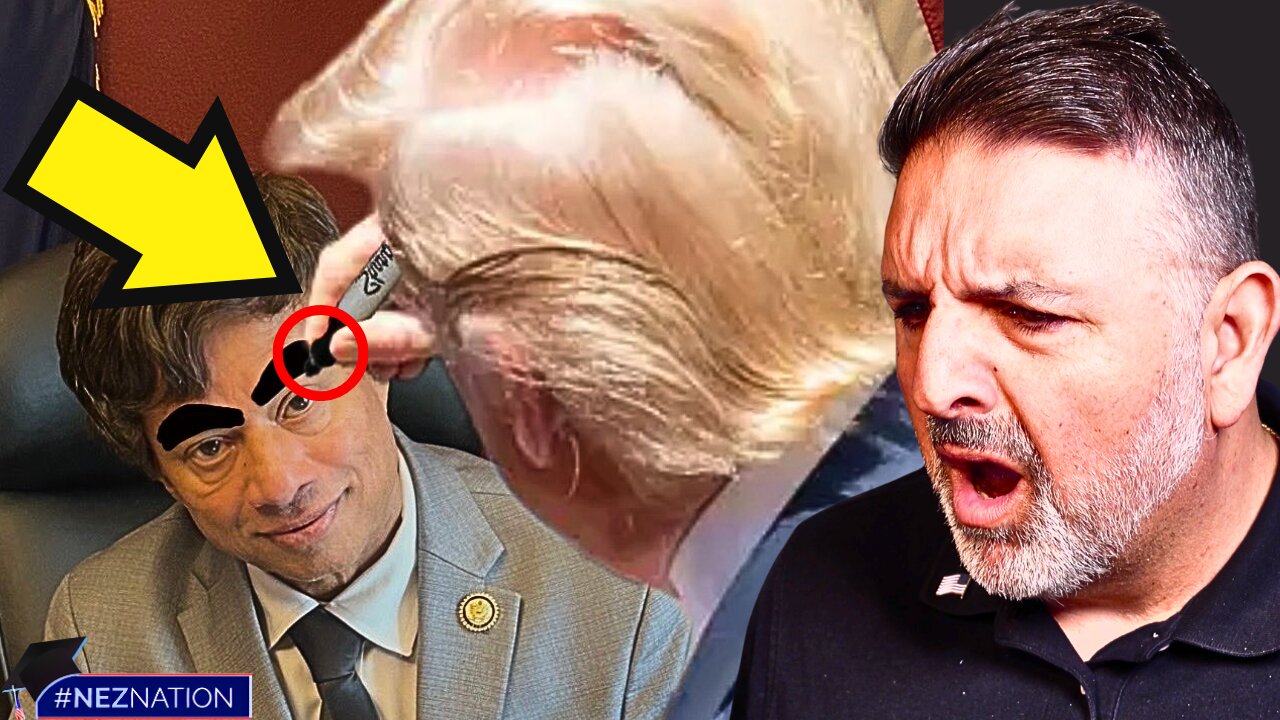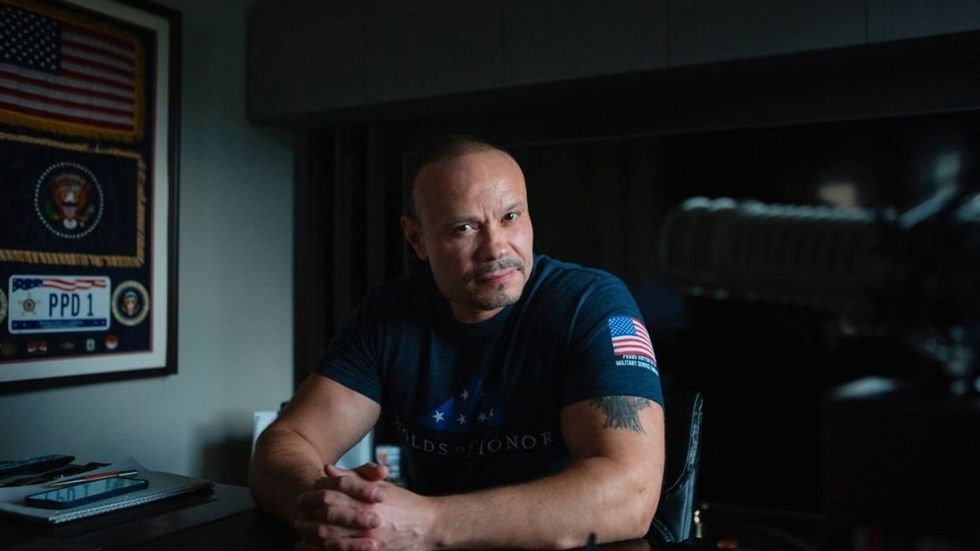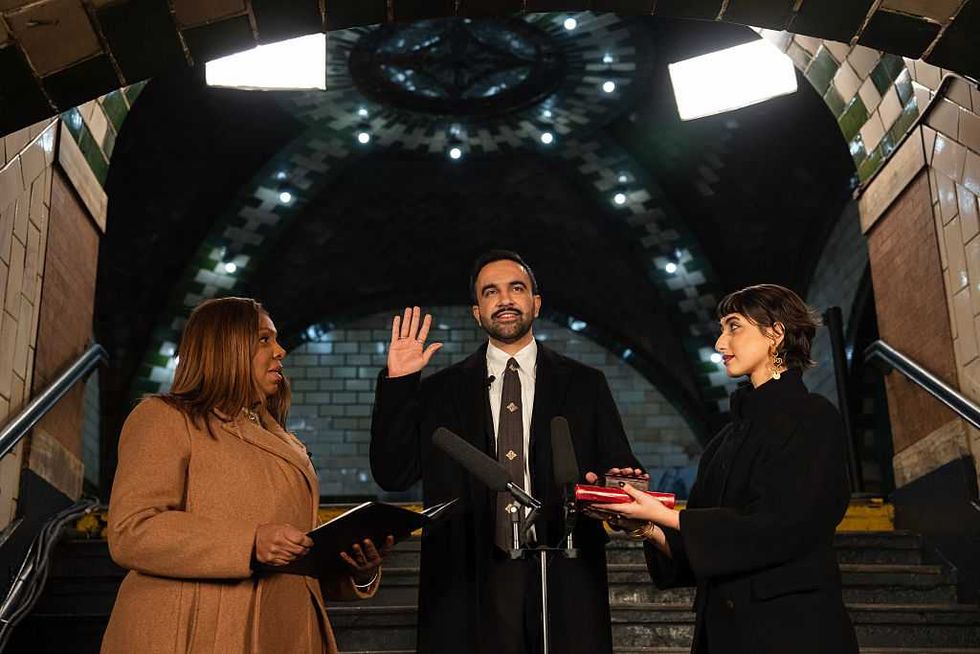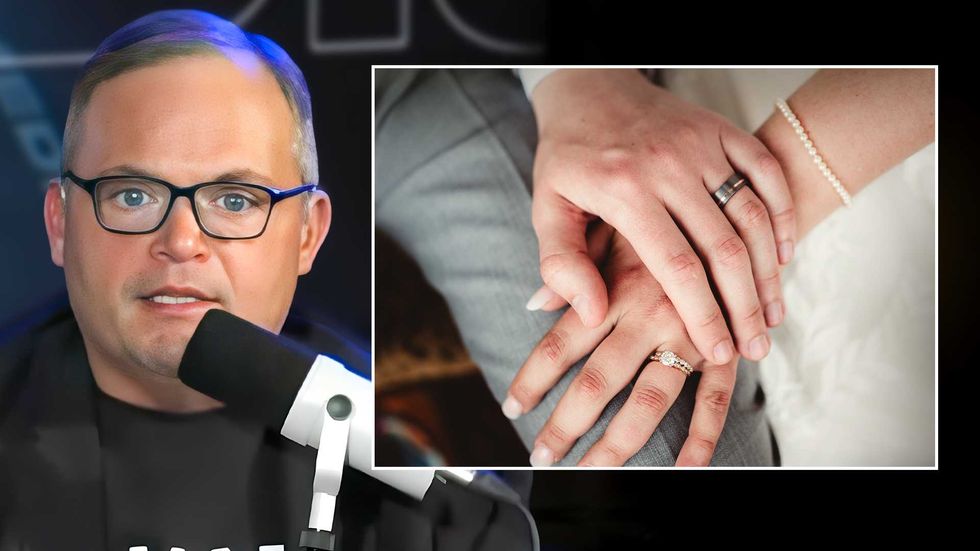The Rise of Conservative Media in America

Editor’s note: These are lightly edited remarks of a speech that Daily Signal President and Executive Editor Rob Bluey gave to the National Conservatism Conference on Thursday.
Live Your Best Retirement
Fun • Funds • Fitness • Freedom
These past six months haven’t just been remarkable—they’ve been revolutionary. And nowhere is that more visible than in the collapse of legacy media’s stranglehold on American journalism.
The gatekeepers are in retreat.
Gone are the days of an adversarial press dictating the narrative to the American people.
Taking their place are a legion of new and emboldened media outlets, social media influencers, and just about anyone with a smartphone and internet connection.
Ladies and gentlemen, we’re witnessing a massive disruption in the media landscape.
It’s a beautiful thing to watch, and a hopeful sign that after years of playing defense, we’re now on offense—and winning.
Many of the changes happening today were unthinkable prior to President Donald Trump’s return to the White House.
The Media Counterrevolution
I liken it to what Victor Davis Hanson brilliantly describes as a counterrevolution—one in which President Trump is addressing the causes, not just the symptoms, of the progressive project.
Hanson calls this counterrevolution an effort to “erase the Left’s long march through our institutions.”
That long march went right through American newsrooms—just as it did in academia and Hollywood. Today’s legacy media is wholly owned and operated by the Left. They stifle conservative viewpoints—if they even give us any airtime.
This march began long ago, and it’s chronicled in detail by Batya Ungar-Sargon in her excellent book “Bad News: How Woke Media Is Undermining Democracy.”
It might be hard to believe now, but newsrooms were at one time staffed by blue-collar workers who lived among those they covered. They focused on stories of interest to their community, not to the affluent and elite.
But over the course of the 20th century, American journalism changed for the worse. It became an elite profession, one that catered primarily to liberals and advanced woke ideas.
Reporters and editors who might have in the past entered the workforce with a high school degree were replaced by esteemed journalists from elite Ivy League institutions.
As they rose through the ranks of newsrooms, they hired their friends and others just like them. Working-class journalists were weeded out in favor of people who had degrees from Columbia Journalism School or Medill.
Journalism schools that at one time existed to teach students the trade became indoctrination factories for impressionable young minds.
I know because I witnessed this firsthand as a journalism major in college. As a freshman, my Intro to Journalism professor began the very first class by advocating for an activist form of journalism—one that supported left-wing causes, of course.
This was a familiar pattern throughout my four years in journalism school. Even a course called Alternative Media focused on only one type of alternative—media catering to the far Left.
The message was clear: Think like one of us, and you’ll be rewarded with a successful career.
Generation after generation of students viewed media through this leftist lens. Today, these Gen Xers and Millennials populate newsrooms across America.
Some are even leading the media companies that despise President Trump and seek to undermine the traditional American values we cherish.
And yet despite this, I stand before you today with good news. Conservatives have successfully challenged the status quo—and we are succeeding.
The Collapse of Media Trust
The numbers tell a devastating story about legacy media’s credibility crisis. Here are just a few from Gallup:
- Only 31% of Americans now trust the media “a great deal” or “a fair amount.”
- Thirty-six percent have no trust at all—up from just 6% in 1972.
- Among Republicans, a staggering 59% have zero trust in mass media.
Legacy media have lost sight of their role of informing Americans in favor of lecturing them.
As a result, the gatekeepers have lost their gate and lost touch with the country, and at times, reality.
For years, a media monopoly of left-wing journalists occupied coveted spots in the White House, Pentagon, and on Capitol Hill—asking questions that advanced their agenda, often at the expense of the truth.
Trump tried to disrupt things in his first term—but this time, he’s not backing down. And he’s doing so with committed warriors like press secretary Karoline Leavitt and Federal Communications Commission Chairman Brendan Carr by his side.

Just think about the remarkable changes we have witnessed this year.
After years of hearing Republicans promise to defund PBS and NPR, it finally happened. The nearly 60-year-old Corporation for Public Broadcasting, funded with your tax dollars, announced it was shutting down.
The long-troubled U.S. Agency for Global Media, which is supposed to support freedom and democracy throughout the world but instead undermined American values, is a shell of its former self.
With those changes, the government finally exited the media business.
In the private sector, the counterrevolution is bringing changes unimaginable a year ago.
Stephen Colbert, the late-night host who spews nothing but hatred for President Trump, will be without a job after CBS canceled his show and permanently ended “The Late Show.”
CBS’ new parent company, Skydance, made several eye-catching promises in its bid to acquire CBS’ parent company Paramount. These were outlined in letters sent to Chairman Carr in July. It would:
- Undertake a “comprehensive review of CBS.”
- Ensure that CBS’ reporting is “fair, unbiased, and fact-based.”
- Recognize the importance of “unbiased journalism.”
- Eliminate diversity, equity, and inclusion initiatives.
- Commit to a “diverse array of viewpoints.”
- Feature viewpoints from “across the political and ideological spectrum.”
- And have an ombudsman for two years.
Now, it’ll be up to all of us to make sure those promises are fulfilled, but it’s still a remarkable admission to put in writing.
At MSNBC, Joy Reid lost her job and Rachel Maddow railed at her employer and then lost her staff to layoffs.
Lester Holt announced his retirement as anchor of NBC Nightly News.
Senior National Correspondent Terry Moran went on a social media rant about White House deputy chief of staff Stephen Miller then found himself fired by ABC News. He then turned around and accused the network of “failing the American people” for not attacking President Trump more vigorously.
Washington Post owner Jeff Bezos said the editorial page would focus on personal liberties and free markets, prompting editor David Shipley to quit on the spot. The Post lost 75,000 subscribers over that change alone.
A few months later, notorious Washington Post fact-checker Glenn Kessler left the paper, along with dozens of other longtime employees.
The Associated Press was barred from the Oval Office and Air Force One over its politicized stylebook and refusal to call the Gulf of America by its proper name.
The Pentagon replaced NBC News, The New York Times, NPR, and Politico in its press corridor with the New York Post, Breitbart News, One America News, and HuffPost.
On the flip side, Google’s YouTubeTV signed a multiyear deal to carry One America News.
Newsmax started trading on the New York Stock Exchange.

Fox News acquired Red Seat Ventures, which represents Tucker Carlson and other popular conservative hosts. A few months later, Fox struck a licensing deal with the popular conservative podcast Ruthless.
I could certainly go on and on, but I’ll end my list with this—perhaps the most surprising news of all: ABC paid President Trump $15 million to settle a defamation case, CBS paid him $16 million to settle a lawsuit over Kamala Harris’ heavily edited “60 Minutes” interview, and Meta forked over $25 million after censoring the president’s social media accounts.
You’re hearing cries of self-censorship, complaints of a “fascist takeover,” and comparisons to “Kremlin suppression.” But the truth is simpler: They’re losing their power, and they can’t stand it.
A Return to Common Sense
So how did this happen?
First, we must give credit to our conservative forefathers. Without visionaries like William F. Buckley at National Review or M. Stanton Evans at the National Journalism Center, we wouldn’t have the infrastructure or the talent to challenge the Left.
And without Rush Limbaugh starting his talk-radio show in the 1980s, Heritage Foundation President Ed Feulner helping to launch Townhall.com in the 1990s, or countless bloggers charting new frontiers in the 2000s, we wouldn’t be nearly as persuasive or influential as we are today.
But it took a fighter like Donald Trump to shake the establishment to its core.

What Trump represents—and what we in conservative media represent—is a counterrevolution to restore normalcy and bring the country back from the far-left fringes. It’s a return to common sense.
Let me rewind to the 2024 presidential campaign for a moment.
Donald Trump set the tone for what you’re seeing now by skipping traditional stops at places like “60 Minutes.”
Instead, he spent time golfing with pro golfer and YouTube influencer Bryson DeChambeau and hanging out with major YouTubers and podcasters Andrew Schulz, Theo Von, Logan Paul, and the guys from the “All-In Podcast.”
And let’s not forget the granddaddy of them all, Joe Rogan, whose interview with Trump now sits at nearly 60 million views on YouTube alone.
Trump did 14 of these podcast interviews, racking up a total of 124 million views by Election Day.
Meanwhile, Kamala Harris did just five podcast interviews for a grand total of 4 million views.
Trump bypassed the gatekeepers and spoke directly to the American people. They couldn’t distort his answers, splice his soundbites, or manipulate his words.
And what happened? Americans saw a different side of Trump.
Conservative Media Rising
Today, we’re living in a totally different world—and this is the moment conservative media has been waiting for.
An entire ecosystem of conservative outlets is challenging legacy media monopolies and shaping the narrative in Washington, D.C., and beyond.
A few years ago, the White House Correspondents’ Association changed its membership rules to exclude outlets like The Daily Signal. Then Joe Biden’s White House revoked credentials for 442 reporters, including our correspondent.
Contrast that with the Trump White House. Karoline Leavitt upended the status quo when she added a “new media” seat that has featured a wide range of individuals who would have never found themselves in the White House briefing room under a different president.

On this very day, for example, my Daily Signal colleague Elizabeth Mitchell is serving as the White House new media pool reporter. Last week, she accompanied Vice President JD Vance on Air Force Two to Wisconsin and asked President Trump questions at his Cabinet meeting.
White House Wire, an official government website and email newsletter from the Trump administration that curates news stories, featured in July alone articles from Breitbart, the Washington Times, Daily Wire, Daily Caller, Daily Signal, the Washington Examiner, and Blaze Media—all of which scored more links than the venerable New York Times, Associated Press, Bloomberg, Washington Post, and Wall Street Journal.
Seize This Moment
This democratization of news means Americans no longer depend on elites in Manhattan and Washington to set the agenda.
Today, information flows rapidly on social media, unfiltered by traditional gatekeepers. Ordinary citizens equipped with smartphones capture and share newsworthy events, reaching their followers faster than traditional reporters.
Each of you is part of the larger counterrevolution.
And if we’re successful, this is an opportunity to build enduring media institutions that will rebuild trust in the role journalists play in a free society.
We won’t be gatekeepers. Instead, we will aim to give forgotten Americans a seat at the table in national debates about culture and policymaking.
It very much relates to the opportunity Heritage Foundation President Kevin Roberts spoke about at this National Conservatism Conference on Tuesday—it’s incumbent on us to build something better for future generations.
And so, in conclusion, I want to suggest three practical steps:
- Become citizen journalists yourselves. Use your social media platforms to share stories the legacy media won’t cover. Document what’s happening in your communities, your schools, your local government. You have the tools—now use them.
- Support conservative media. Subscribe to our outlets. Share our content. Make small monthly donations. The Left has funded a media infrastructure for decades—we must do the same.
- Train the next generation. Support programs that offer journalism internships or fellowships. Encourage young conservatives to pursue careers in media. We need a pipeline of talent to compete.
After all, our counterrevolution needs warriors. We have the tools, the moment is right, and the stakes couldn’t be higher.
The question isn’t whether this transformation will continue—it’s whether we’ll seize this opportunity.
As one of my mentors, the late Ed Feulner would say—Onward!
The post The Rise of Conservative Media in America appeared first on The Daily Signal.
Originally Published at Daily Wire, Daily Signal, or The Blaze
What's Your Reaction?
 Like
0
Like
0
 Dislike
0
Dislike
0
 Love
0
Love
0
 Funny
0
Funny
0
 Angry
0
Angry
0
 Sad
0
Sad
0
 Wow
0
Wow
0





